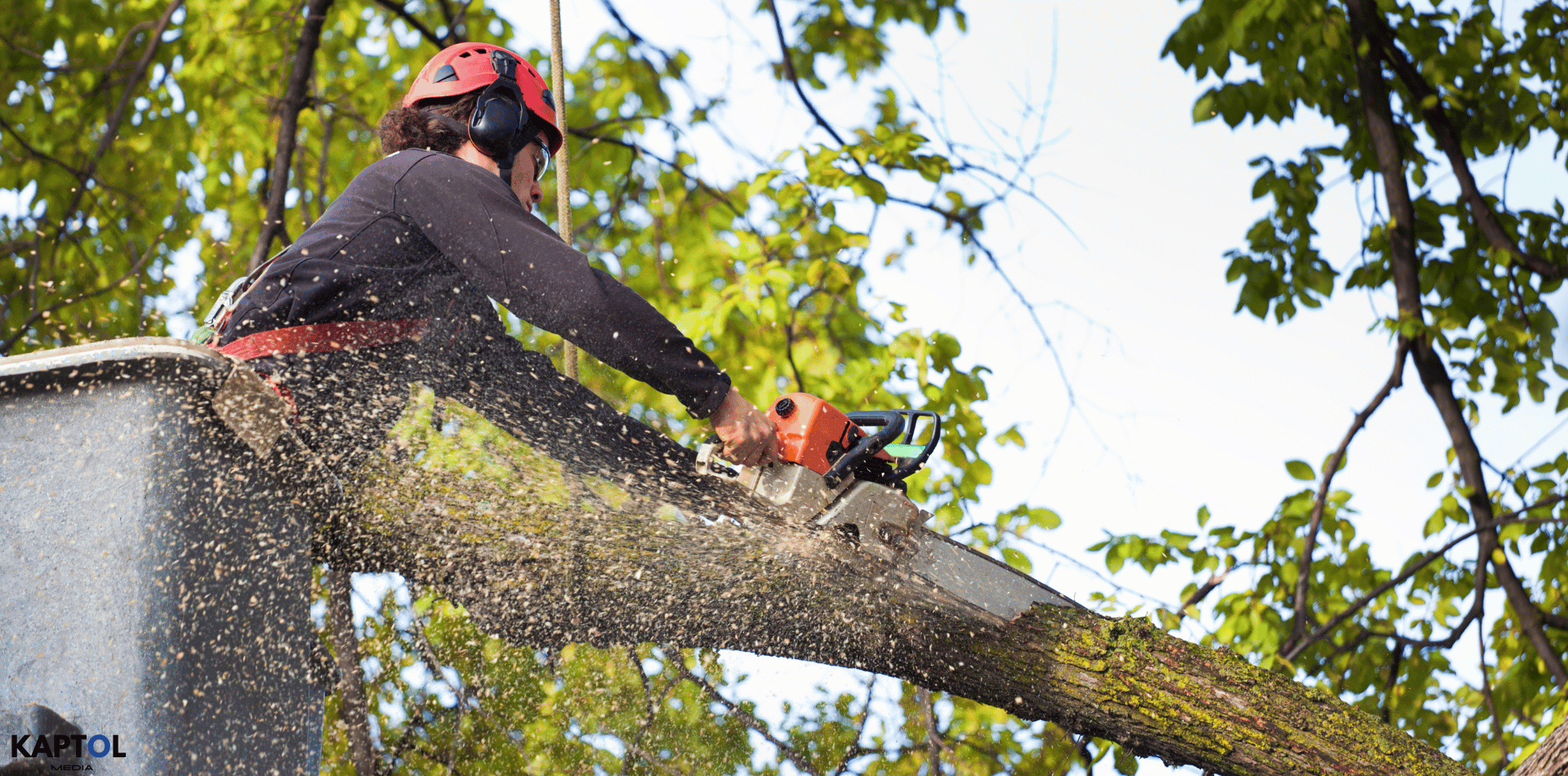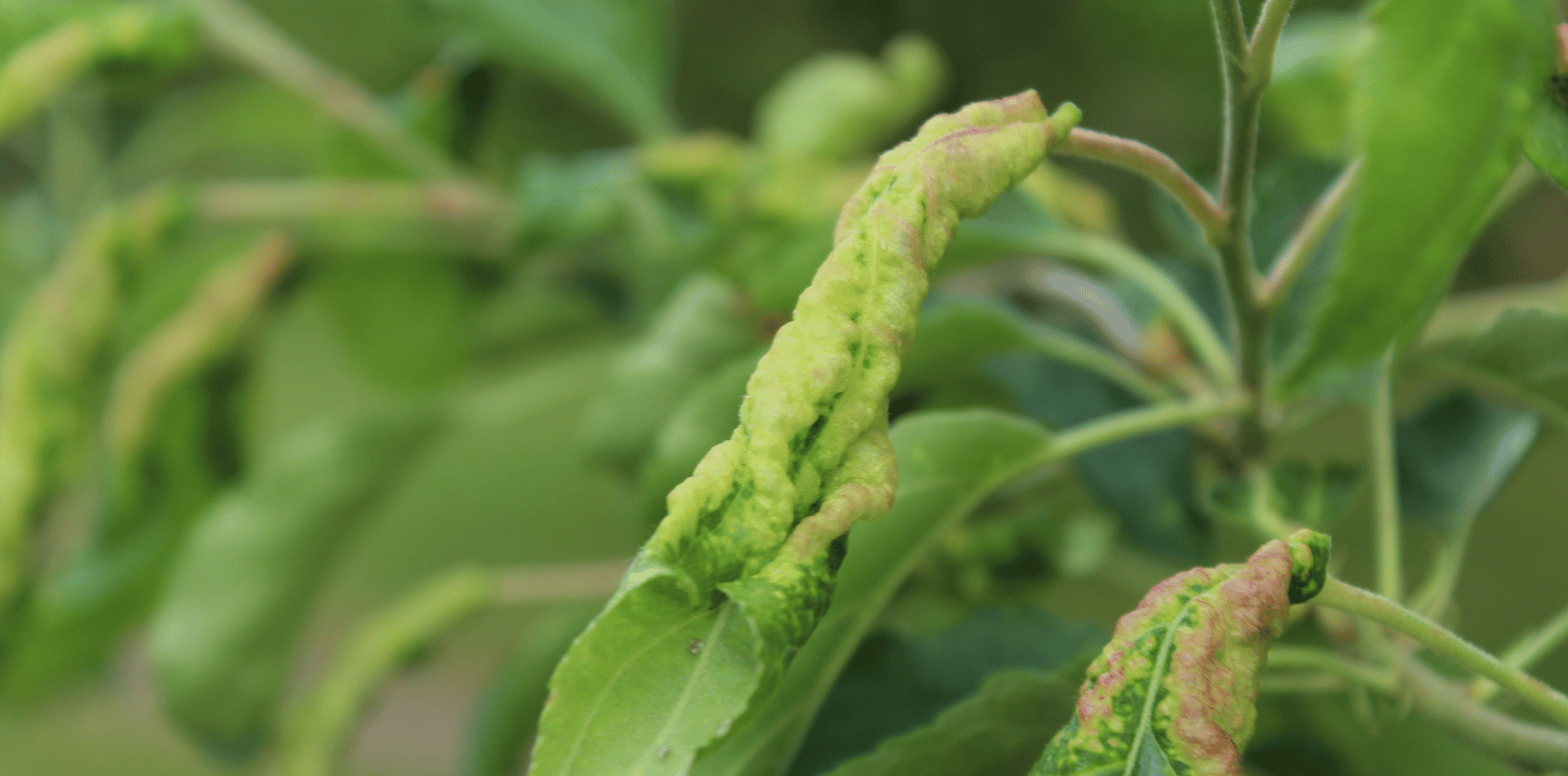How to prune a citrus tree
How to prune a Citrus Tree and when is the best time to do it.
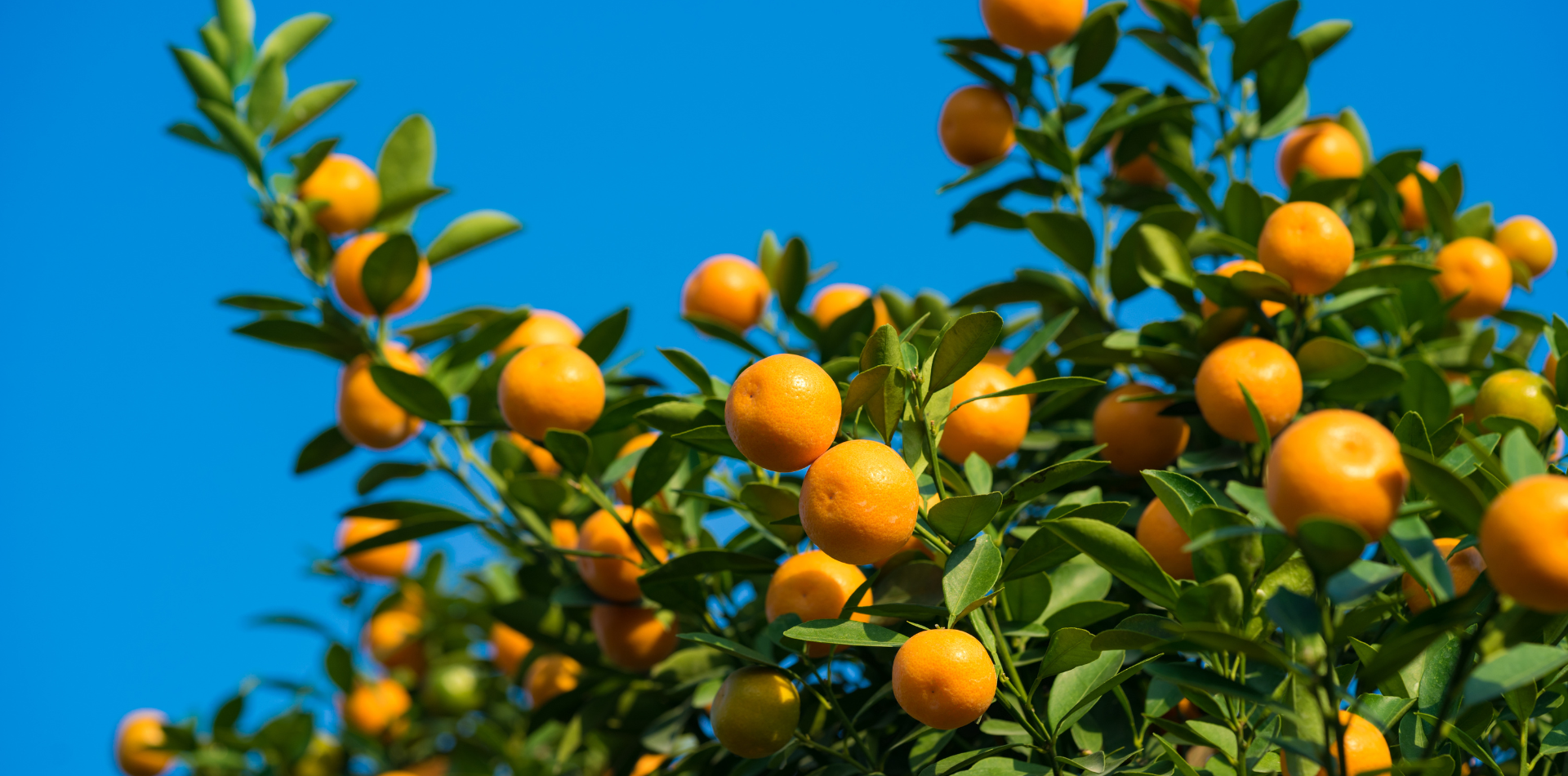
Pruning a citrus tree is an essential part of its care routine, ensuring the tree maintains its health, vitality, and productivity.
The process involves removing dead or diseased wood, thinning out crowded branches to improve air circulation, and shaping the tree to control its size and enhance fruit production.
Knowing when and how to prune your citrus tree correctly can make a significant difference in its performance.
This article will guide you through the steps of pruning a citrus tree and advise on the best time of year to undertake this task.
Best Time of Year for Pruning
The optimal time for pruning citrus trees is late winter or early spring, just before the new growth begins.
This timing allows the tree to heal quickly without sacrificing too much energy it needs for spring growth.
In climates where frost is a concern, wait until the risk of frost has passed to avoid exposing new cuts to potential damage. Avoid heavy pruning in late summer or autumn, as this can stimulate new growth that may not harden off before the colder weather.
Tools You Will Need
- Sharp, clean pruning shears for small branches
- Loppers for medium-sized branches
- A pruning saw for larger branches
- Disinfectant (such as alcohol or bleach solution) to clean tools between cuts, especially when removing diseased material
Steps for Pruning Citrus Trees
- Sanitise Your Tools: Start by cleaning your pruning tools with disinfectant to prevent the spread of disease.
- Remove Dead or Diseased Wood: Carefully cut away any branches that are dead, diseased, or damaged. This helps prevent disease from spreading and improves the overall health of the tree.
- Thin Out Crowded Branches: Look for areas where branches are growing too close together, causing poor air circulation. Thin these areas by removing some of the branches. Good air circulation is crucial for reducing the risk of fungal diseases.
- Prune for Shape and Size: If your tree is too tall or wide for your space, you can prune it back to a more manageable size. However, avoid removing more than one-third of the tree's canopy in a single year, as this can stress the tree.
- Cut at the Right Place: When removing branches, make clean cuts just above a leaf node or bud that is facing the direction you want new growth to go. This encourages the tree to grow in a more desirable shape.
- Remove Water Sprouts and Suckers: Water sprouts (vertical shoots that grow from the branches) and suckers (shoots that grow from the base of the tree or the roots) should be removed. They divert energy away from the fruit-producing parts of the tree.
- Consider the Sun: When thinning the canopy, ensure that sunlight can penetrate into the interior of the tree. Adequate sunlight is necessary for fruit production and helps keep the tree healthy.
Aftercare
After pruning, it's essential to care for your citrus tree to help it recover and thrive:
- Watering: Ensure the tree is well-watered, especially in dry conditions, to support new growth.
- Fertilising: A month after pruning, consider applying a balanced citrus fertiliser to provide the necessary nutrients for growth and fruit production.
- Monitoring: Keep an eye on the pruned areas for signs of disease or pest infestation, and address any issues promptly.
Pruning your citrus tree correctly and at the right time of year is crucial for maintaining its health, shape, and productivity.
By following these steps and ensuring you use clean, sharp tools, you can help your citrus tree thrive and enjoy bountiful harvests for years to come.
Remember, patience and consistent care are key to successful citrus tree cultivation.


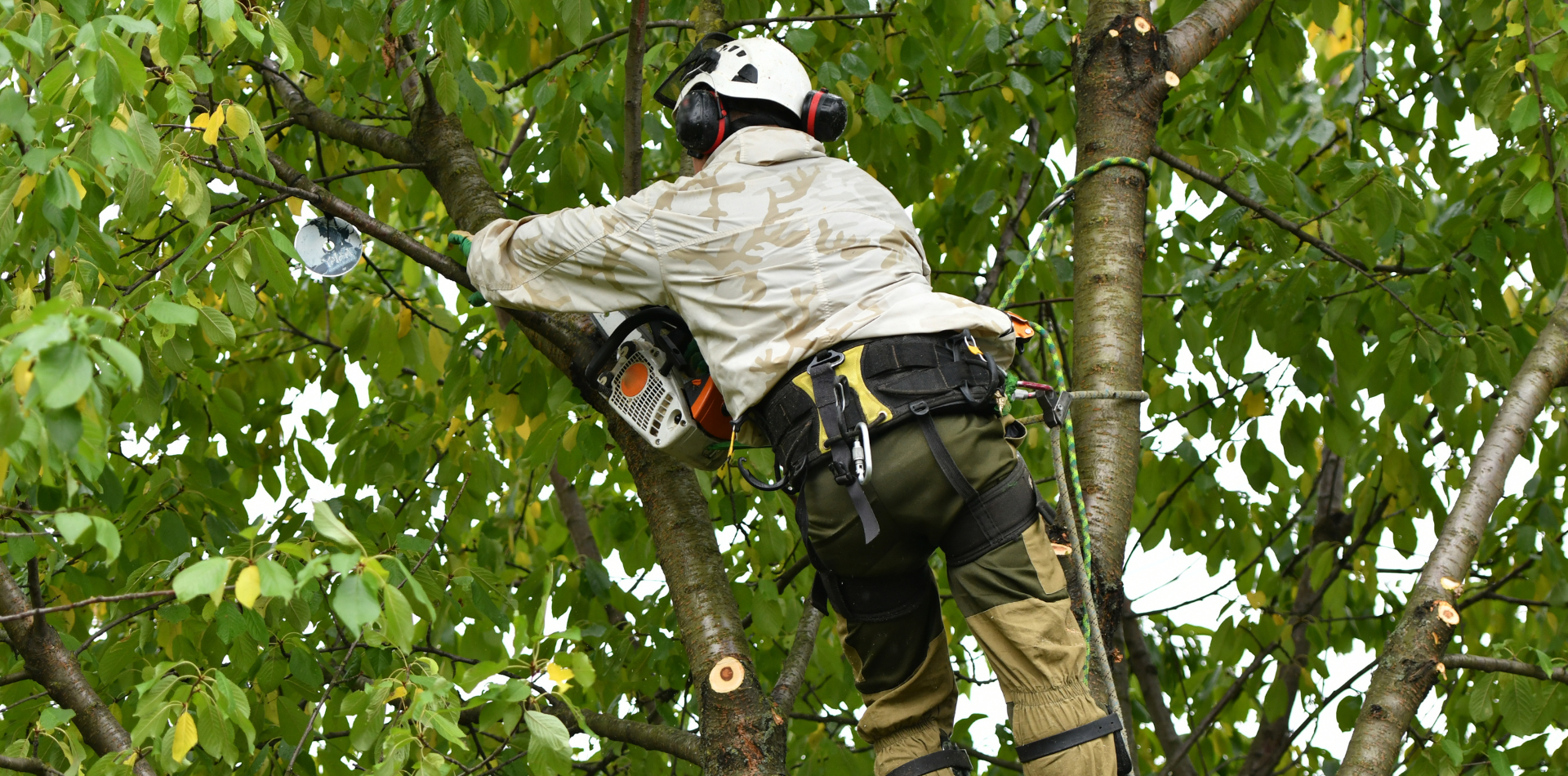

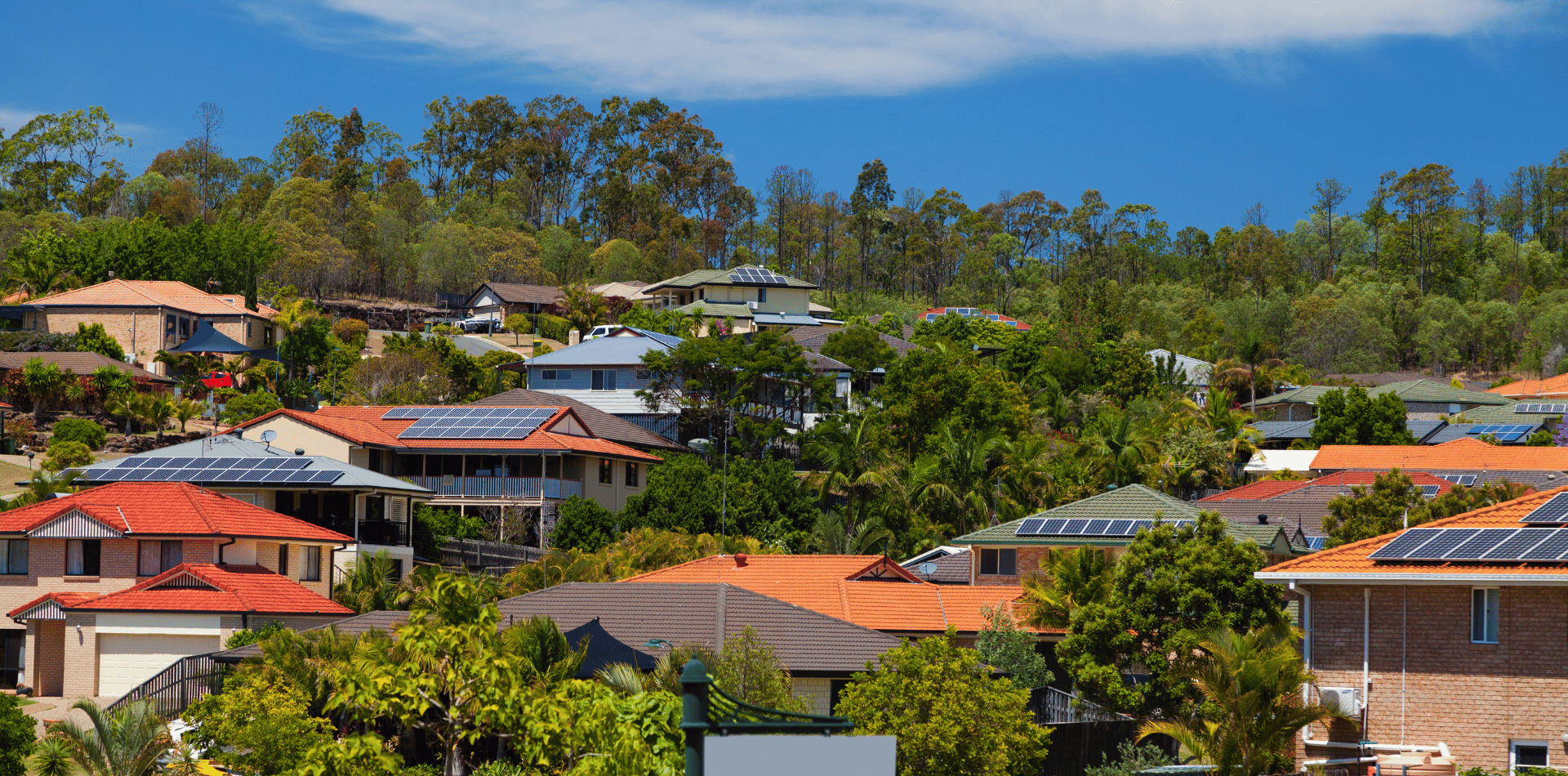
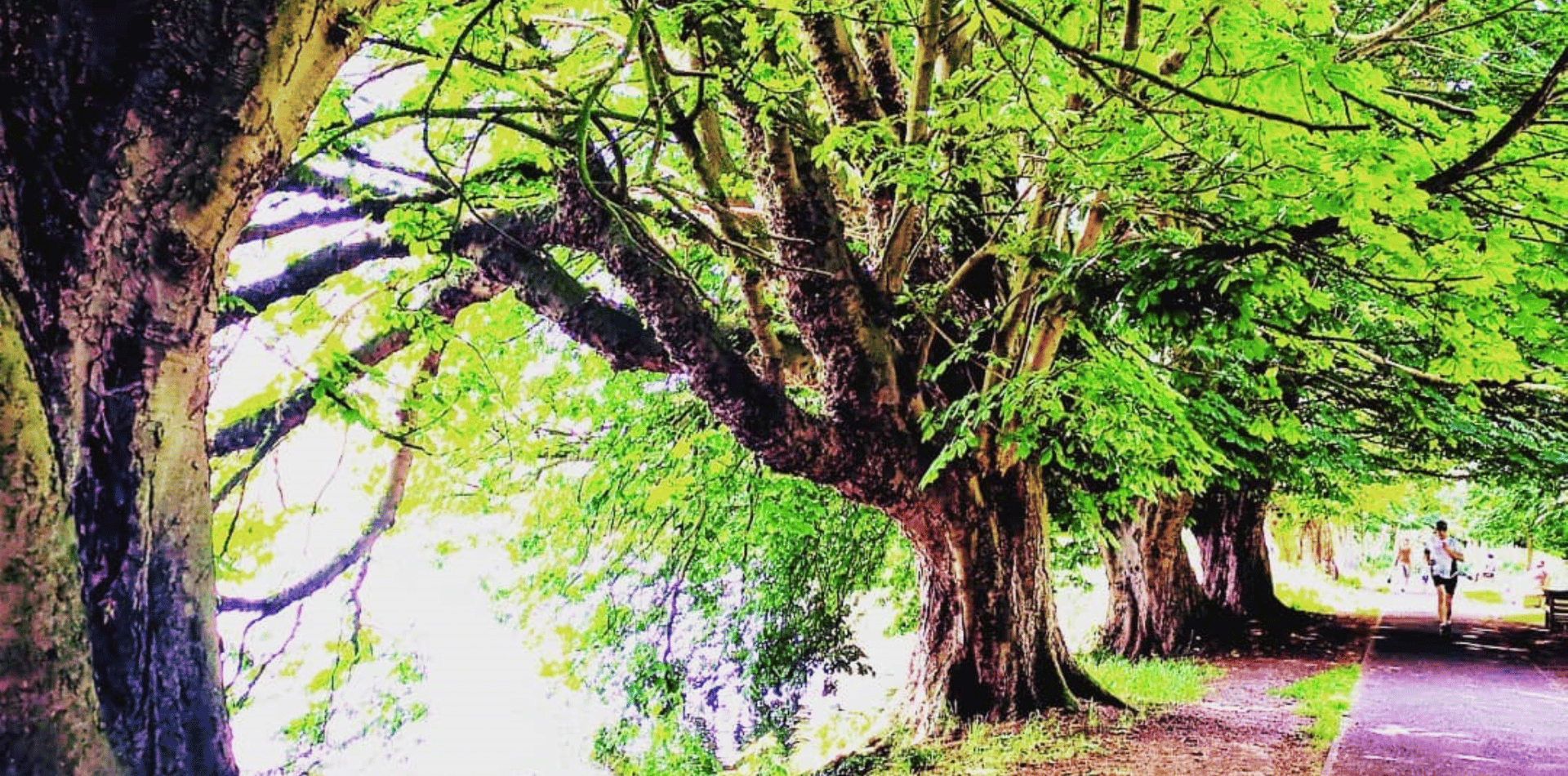
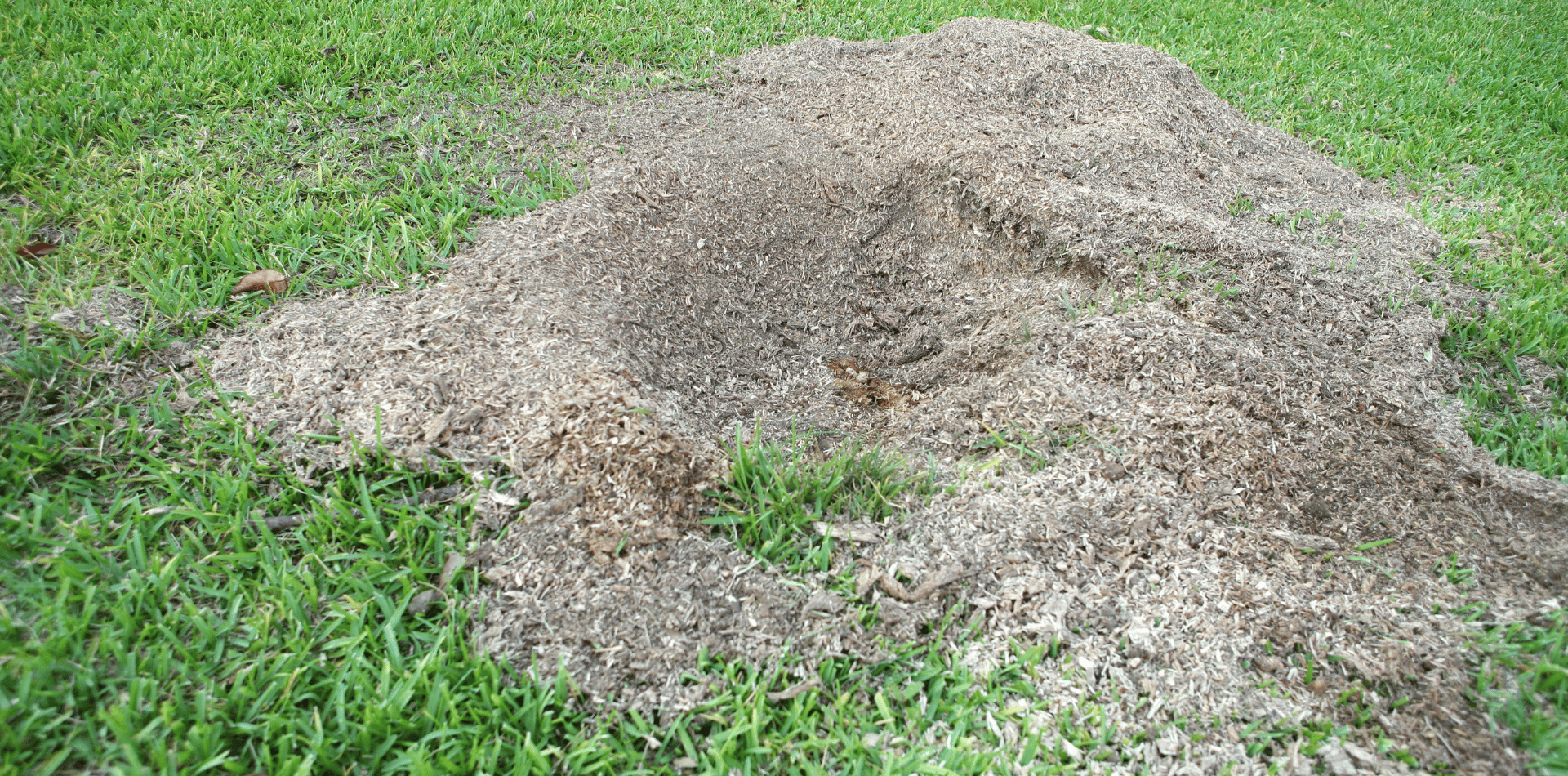

Contact
Kaptol Tree Removal Newcastle
A Member of the Kaptol Group
Powered by Kaptol Media

